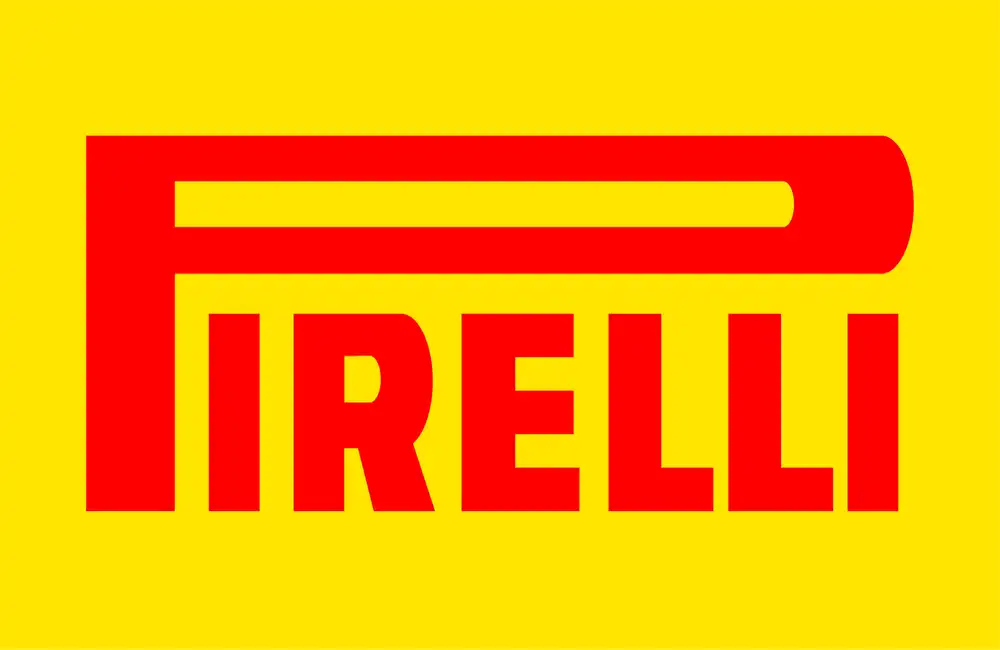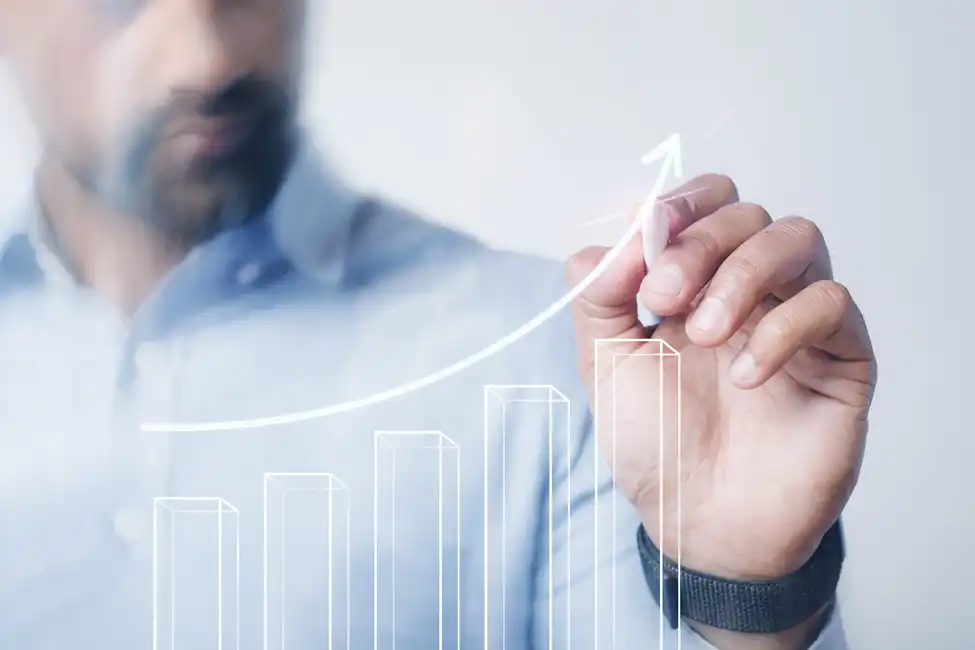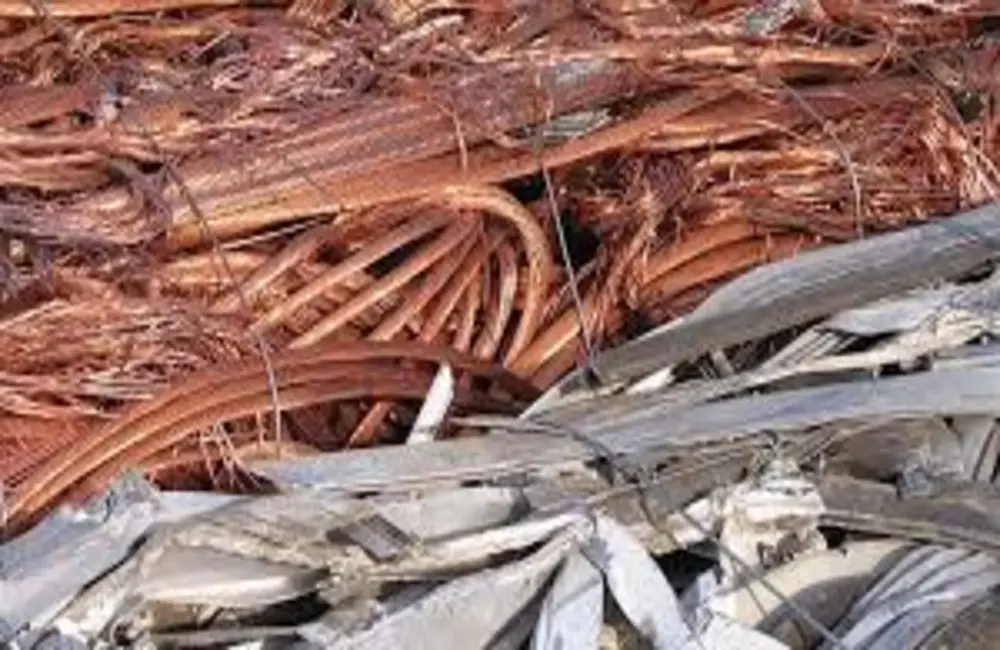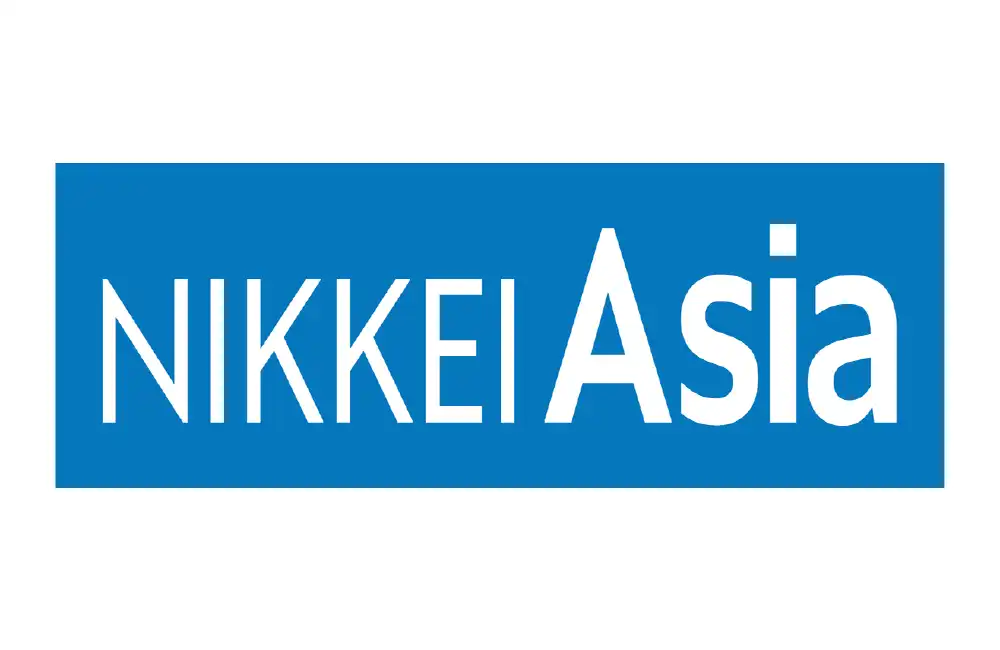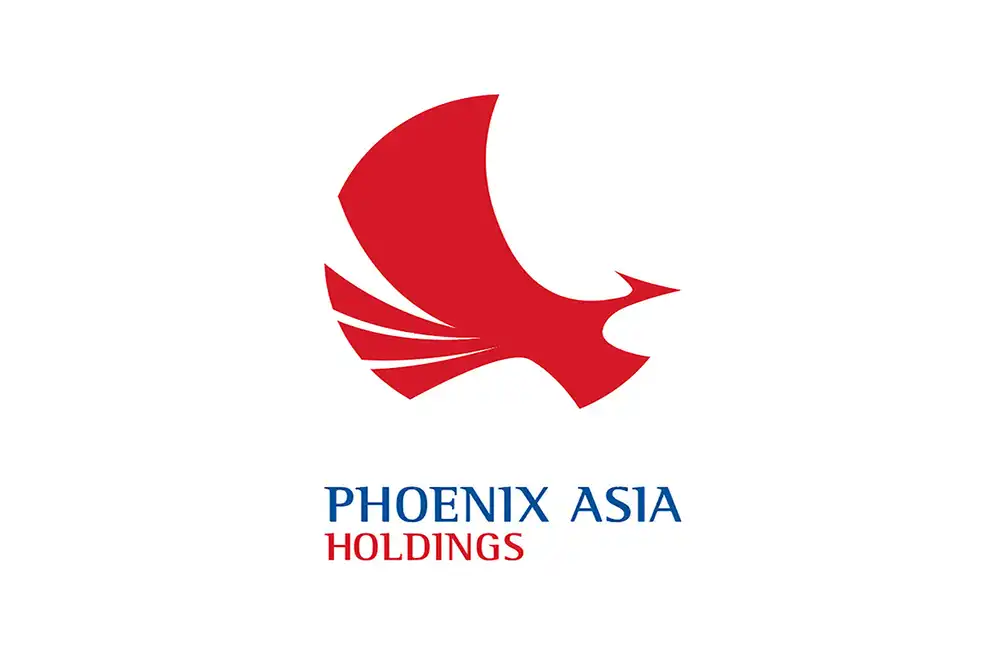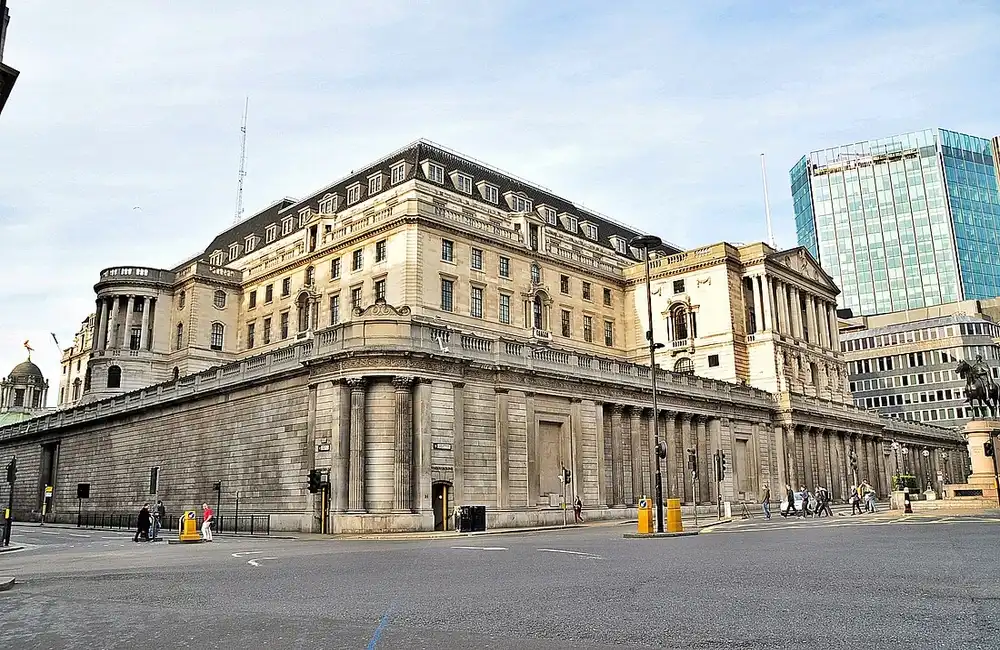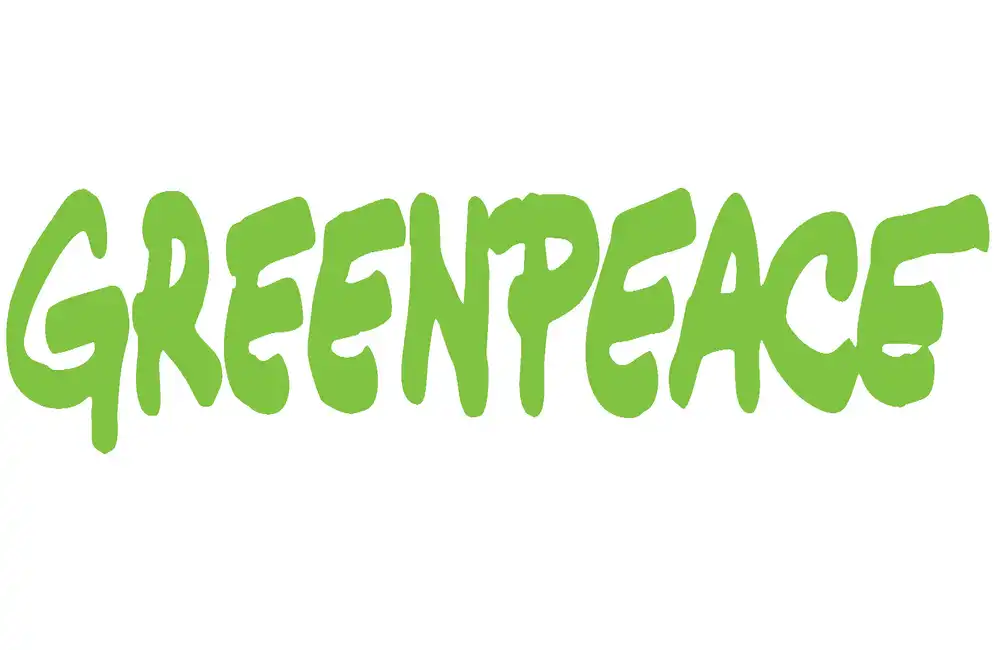Demand for copper and aluminum overall is creating market opportunities for recycling of copper and aluminum products, according to speakers at this week's International Recycling Bureau (BIR) conference being held in Barcelona.
Global secondary copper production is over 14 million mt a year, falling below 9 million mt/year in recycling, Inka Guixa, of Spanish copper processor La Farga, said during the event's non-ferrous metals panel.
“The 5 million mt [not recovered] still have to be better integrated in the value chain,” Guixa said. This must be achieved in the secondary copper recovery architecture and through process and product innovation, she added.
Regulations that curb carbon emissions are likely to drive up the level of recycling as overall demand for base metals increases.
“The demand for copper will rise,” Guixa said, adding that energy transition is now the most important factor driving the demand for copper.
Renewable energy is nine times more intensive in copper use than thermal power, and electric vehicles are three times more intensive in terms of copper than internal combustion engine cars, Guixa said. Electrification and digitalization should, by 2030, require 31% more copper than today, she added, quoting data from trader Trafigura and Italy-based energy company Enel.
Eventually, she said more copper at the end of its life cycle would become available and needed to be reintroduced into the value chain.
“Secondary copper presents a large business opportunity to supply copper demand,” Guixa said.
London Metal Exchange Grade A cash copper was at $9,459.50/mt May 24, down $40/mt on the day.
Aluminum 'closing the loop'
Meanwhile in the aluminum recycling space, Tom Eng, senior vice-president of European recycler Tomra Sorting GmbH warned delegates of some of the opportunities as well as challenges.
European Union demand for aluminum is expected to increase about 40% from 2018 to 2050, fueled by transport, construction and packaging and that will put some pressure on aluminum producers, Eng said. There is also a slew of environmental legislation, he noted.
But the demand will be largely met by recycled aluminum as the primary production capacity is low and the circular economy is pushing legislations for overreduction in CO2 and incentivizing recycled content, he said.
Newer technologies are used to sort aluminum scrap, such as x-ray transmission (XRT), which sorts metals based on atomic density, and laser-induced breakdown spectroscopy, which detects elemental composition, sorts scrap into different alloys and alloy groups, and improves scrap quality by further reducing alloying elements.
Among those already bringing so-called “green aluminum” alloys into the market are Hydro, with its Circal 100R product, Creal (Circular Recycled Aluminium), Recall and Silval, he said.
“Aluminium is already a pretty green industry,” he said. “We are bringing aluminium full circular.”
Regionalization might also play a major role in lowering energy and transport costs in the sector, he added.
Dhawal Shah, US-Metco Ventures, said energy costs are now as high as 75% of a recycling company's total operating cost in some regions.
The May 24 LME high-grade aluminum cash price closed at $2,880.50/mt, down $81.75/mt on the day.



